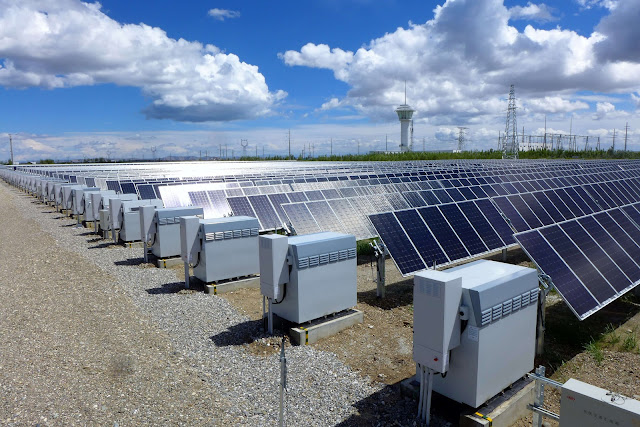Unlocking the Potential of Advanced Energy Storage: Applications and Challenges
 |
| Advanced Energy Storage |
The fast growth of renewable
energy sources and the rising demand for grid flexibility has given the energy
storage business a boost in recent years. The ability to integrate renewable
energy into the grid, lower greenhouse gas emissions, and provide a more
dependable and resilient energy supply are all made possible by advanced
energy storage technology.
Electricity may be stored in a
variety of ways, such as electrochemical, mechanical, thermal, or chemical
energy. In addition to electric cars, household energy storage, and portable
gadgets, they may be employed in a variety of applications, including
grid-scale energy storage.
Applications
One of the most promising uses
for cutting-edge energy storage technology is grid-scale energy storage. It
gives utilities the ability to manage electricity supply and demand, accounts
for intermittent renewable energy sources, and improves the grid's resilience
to blackouts and power outages. Grid-scale energy storage can also decrease the
demand for expensive peaking power plants and transmission infrastructure,
which will result in cheaper electricity prices and carbon emissions.
Electric cars are a promising use
of enhanced energy storage (EVs). Advanced energy storage technologies are
essential for the success of electric vehicles (EVs), which are growing in
popularity. EVs presently mostly use lithium-ion batteries, although more
advanced battery chemistries including solid-state batteries, metal-air
batteries, and flow batteries are in the works. Consumers will find EVs more
appealing as a result of these technologies' increased energy densities, longer
lifespans, faster charging, and cheaper prices.
Another expanding use for
cutting-edge energy storage is residential energy storage. Homeowners may use
the surplus solar energy they produce throughout the day to supplement their
energy needs at times of high demand or in the event of a power outage. A more
dependable and effective grid may be created by using residential energy
storage to enable homeowners to participate in demand response programmes and
lower their energy costs.
Challenges
Advanced
energy storage has a lot of potentials, but there are still a lot of
problems to be solved. Cost is one of the key obstacles. In comparison to more
traditional energy storage methods like lead-acid batteries and pumped hydro,
advanced energy storage technologies are still more expensive. Nevertheless, as
the technology develops, economies of scale are reached, and research and
development are continued, it is anticipated that the cost of advanced energy
storage will decline quickly.
The safety and environmental
effects of sophisticated energy storage systems provide another difficulty.
Lithium-ion batteries, for example, provide a fire danger and demand stringent
safety precautions. Advanced energy storage system manufacture and disposal can
also have an effect on the environment by causing the depletion of rare earth
metals and the production of hazardous waste. Strict safety laws and standards
must be put in place, as well as supply chains that are sustainable and circular,
and improved recycling, and disposal techniques.


Comments
Post a Comment